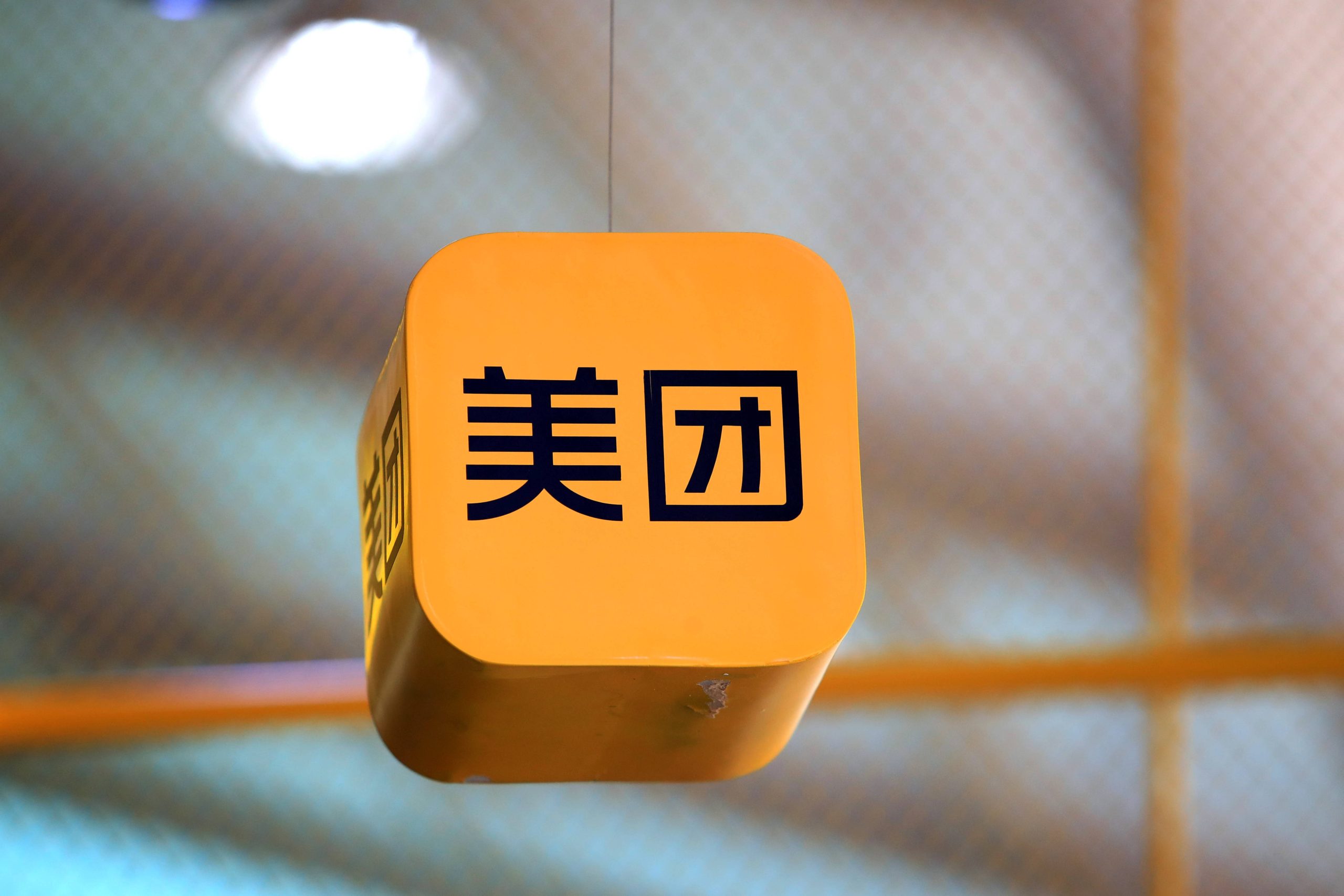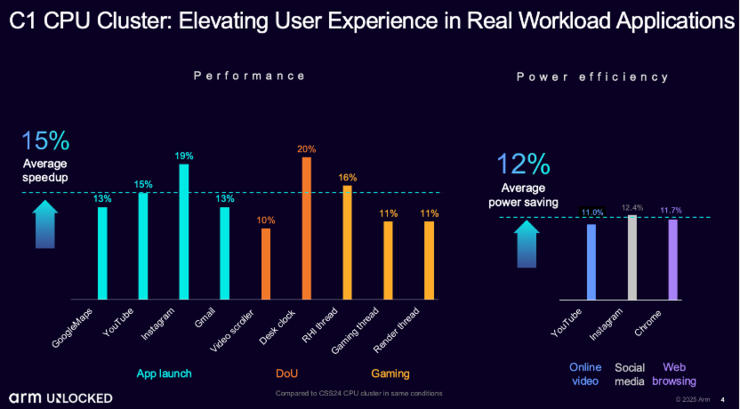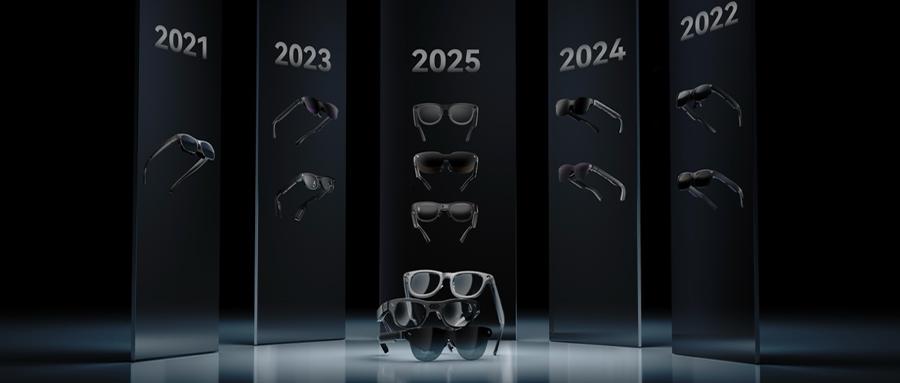Once again, it proves that consumer grade hardware in China is receiving increasing attention from mainstream capital.
The long dormant 3D printing has unexpectedly become popular again.
Recently, Shenzhen Snapmaker Technology Co., Ltd. (Snapmaker) has completed its Series B financing, which is jointly invested by Meituan and Hillhouse Venture Capital. The specific amount has not been disclosed yet.
This company’s last disclosure was in 2021. The industry boom of 3D printing has existed for a long time, but consumer grade 3D printing has been relatively sluggish until recently. Some companies that were established about 10 years ago have recently made new financing moves, such as Shenzhen based Chuangxiang 3D, which is striving to become the “first consumer grade 3D printing stock”. The company’s last financing information was disclosed in 2021. That was also the only external financing obtained in the 11 years since its establishment, with investors including Tencent Venture Capital, Shenzhen Venture Capital, and others.
Speaking of which, the rise of this consumer grade 3D printing race is closely related to the development of AI technology. For a long time, this industry was limited by the threshold of modeling, making it difficult for ordinary users to participate. It was not until recent years that generative AI modeling tools have become popular. Even those who do not understand modeling can generate 3D models directly for printing through simple operations such as text and images, making it easy to create small ornaments. In this way, the threshold for use is extremely lowered, the emotional value is directly maximized, and the number of people buying and selling naturally increases.
Investment institutions with a keen sense of smell will certainly not miss the opportunity. As of now, the primary market investment and financing events in the entire 3D printing field have reached a high level in nearly five years this year. Taking the current unicorn in the industry, Tuozhu Technology, as an example, this company was founded in 2020 and its external financing record stopped in the second half of 2023.
Meituan Hillhouse’s joint investment in Kuaizao Technology once again proves that China’s consumer hardware is receiving increasing attention from mainstream capital. With the certainty of top projects and the closure of financing windows, institutions that missed the early layout clearly need to accelerate their search for the next target.
One Machine Becomes Famous
Shenzhen Kuaizao Technology Co., Ltd., founded in 2016, recently gained fame with its first machine.
Snapmaker U1, a product under its umbrella, raised $20.22 million (approximately RMB 144 million) on the globally renowned product fundraising platform Kickstarter, setting a new global record for 3D printer crowdfunding. It attracted 20264 supporters and sold over 20000 units in advance.
It is said that even within the company, they never expected it to be so explosive. Prior to this, the star player in the consumer 3D printer industry was another company from Shenzhen – Tuozhu, whose product X1 received approximately $7 million in crowdfunding on Kickstarter.
The reason for Snapmaker’s popularity lies in addressing two industry pain points: low printing color change efficiency and material waste.
Printing items of the same size and specifications takes approximately 4-5 hours for monochrome printing in mainstream multi-color printing schemes, and 20-30 hours for four-color printing. Among them, each color change takes about 2 minutes.
Secondly, there is material waste. At present, the mainstream multi-color printing solutions in the market require cutting and extruding the original filament every time the filament is changed, which either leads to pollution or material waste in the equipment. Printing a 50 gram part wastes up to 100-200 grams of material.
But Snapmaker U1, with one power unit and four tool heads, is like a multi-color pen with multiple pen cores. Just press the button to retract the original “pen core” and switch to another one to write in a different color. Four color printing, which originally took 20-30 hours, can be completed in 5-6 hours.
In fact, this year, the entire consumer 3D printing market is heating up. According to investors, the annual revenue of 3D printing brands in Shenzhen has basically reached the 1 billion yuan mark, and the top three revenue figures are expected to be above 2 billion yuan this year. The compound annual growth rate of the entire industry has exceeded 30% in the past three years.
In addition, the primary market is also undergoing changes. According to incomplete statistics, as of now this year, the investment and financing events in the entire 3D printing field have reached a high level in nearly five years, with over 40 incidents, including atomic reshaping, Second Life, and others.
In September of this year, Chuangxiang 3D submitted its prospectus to the Hong Kong Stock Exchange, intending to be listed on the exchange. This company, established in 2014, achieved a revenue level of 1 billion yuan in 2020. By 2024, the company will record a total revenue of 2.288 billion yuan, with a compound annual growth rate of 30.4% for the past three years. In the first three months of this year, the company’s revenue was 708 million yuan. According to the data disclosed in the prospectus, the post investment valuation of Chuangxiang 3D is approximately 6.5 billion yuan.
However, in the smart hardware industry, the success of product crowdfunding is only a very early and extremely limited stage, and there is still too much to do to survive in the fierce competition. For example, just one week after the launch of Snapmaker U1, Tuozhu Technology successively released new products H2S and H2C equipped with Vortek automatic hot end switching solution, with the intention of responding to multi tool head solutions.
Using AI to become a new toy for adults
3D printing is not a new thing, it has been around for about 10 years. However, consumer grade 3D printing has not truly achieved rapid development, and one important reason is that the modeling threshold is too high, making it difficult for ordinary users to independently complete designs.
In the past two years, with the popularity of generative AI modeling tools, ordinary users do not need to understand modeling, and can unlock 3D trendy games in about three steps.
The first step is to generate a 3D style of your favorite flat images using AI mapping tools;
The second step is to use 3D modeling software to create a one click model. After selecting the “Intelligent Splitting” function, the system can automatically recognize and decompose the model components, and fine tune the parts that are not recognized accurately with a paintbrush – this function almost solves the technical pain point of “model integration and difficult post-processing” previously;
The final step is to simply import the generated model file into the 3D printer to directly print out the physical object.
Various 3D printing “evil practices” are circulating on social media platforms, which can easily generate models and print complex mechanical parts, exquisite artworks, doll figurines, and various practical daily necessities. As long as you have imagination, you can DIY various 3D versions of your favorite anime characters, which are full of fun and become a “digital toy” for adults to awaken their creativity.
There are even simpler methods, such as in the MakerWorld community under Tuozhu Technology, where creator type users can share pre designed models for selection. Users can find their desired models on the platform, automatically package and bind the model files, print profiles, and consumable parameters, and then click print directly. This “one click printing” experience significantly reduces the learning threshold and trial and error cost for beginners, allowing more people to join the creation without pressure.
At the same time, the platform has established a comprehensive creative incentive mechanism through the MakerReward reward system. Designers can earn points and cash rewards by uploading high-quality models, while users can participate in interactions by sharing printed results, writing feedback, and other behaviors. It is reported that Tuozhu Technology has invested a huge budget to incentivize creators, with an annual incentive total of hundreds of millions of yuan, and the income of top creators has exceeded 500000 yuan.
The downward trend in prices is also accelerating the popularization of products. At present, the price of consumer grade 3D printers has decreased by 60% compared to three years ago, and mainstream brands have begun to focus on producing products priced between 2000 and 3000 yuan.
Hot hardware investment
Tuozhu is valued at over 30 billion yuan in the capital market, which is a significant market value compared to companies whose performance has not been realized. But in the early days, Tuozhu was not within the scope of capital’s vision, perhaps due to the strong Xinjiang atmosphere emanating from this enterprise.
The CEO of Tuozhu previously served as the head of the consumer grade drone division at DJI, and almost all of the founding team were once key members of DJI. In terms of business strategy, Tuozhu has also adopted a “saturation investment” strategy similar to DJI, which includes long-term investment, self built systems, and building moats with engineering strength. Although this may have a better risk reward ratio, it is still enough to sweat for startups.
Just like missing out on DJI back then, many investors also missed out on Tuozhu, and this regret forced them to actively search for similar targets. So, when Snapmaker’s new product was crowdfunded, the response from the primary market immediately caught up, giving a doubled valuation. According to media reports, more than a dozen investment intention letters from top institutions were given to Kuaizao Technology, and major partners of several US dollar funds personally participated.
Of course, it is not uncommon for hardware entrepreneurs to sit on the bench. Compared with the consumer industry and the Internet, this track is really not sexy: high cost, high failure rate, and low return, which leads to a long-term “mismatch” in the hardware investment market: “I can’t understand” in the early stage, and “I can’t invest” after the product is popular.
Now, the dividend of the Internet has disappeared, and consumer hardware has achieved intuitive sales results overseas, making the market agitated again. Global perspective and technological innovation have become the keywords for this generation of hardware startups. Taking Snapmaker as an example, overseas sales account for over 90%, with products covering over 100 countries and regions. With the further development of AI technology, combined with the advantages of China’s traditional supply chain, it is foreseeable that more intelligent hardware products and enterprises will emerge.

















暂无评论内容